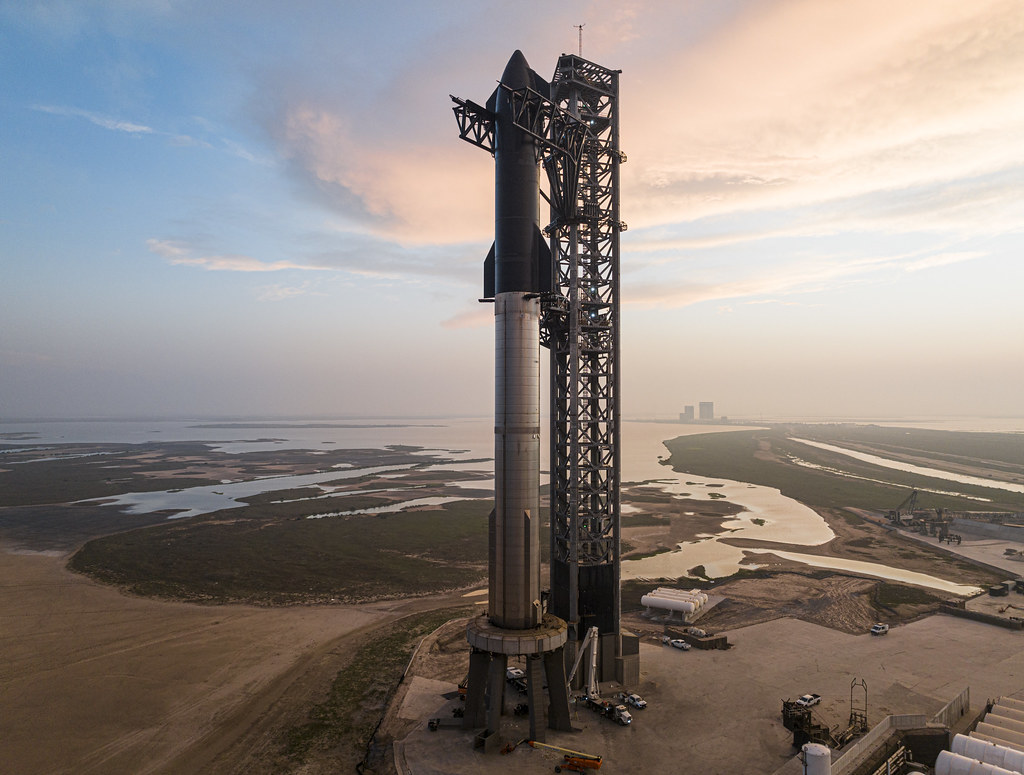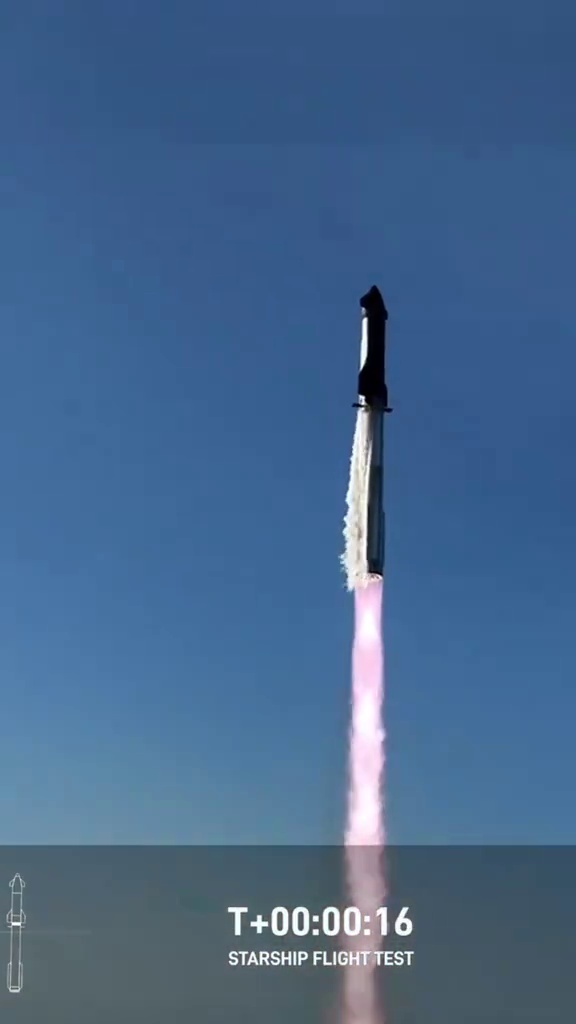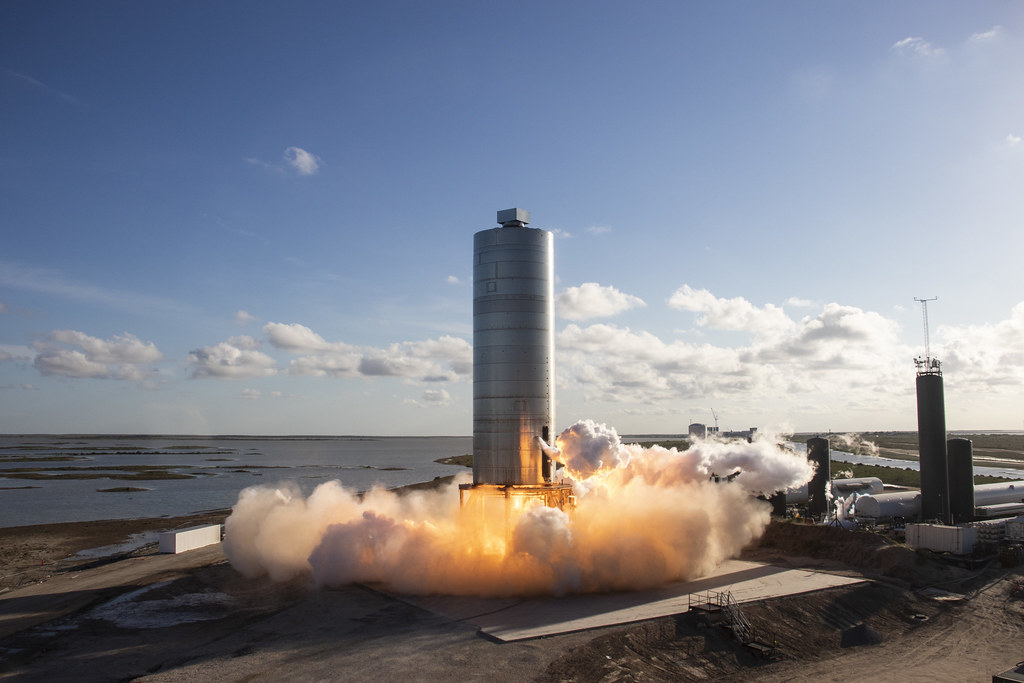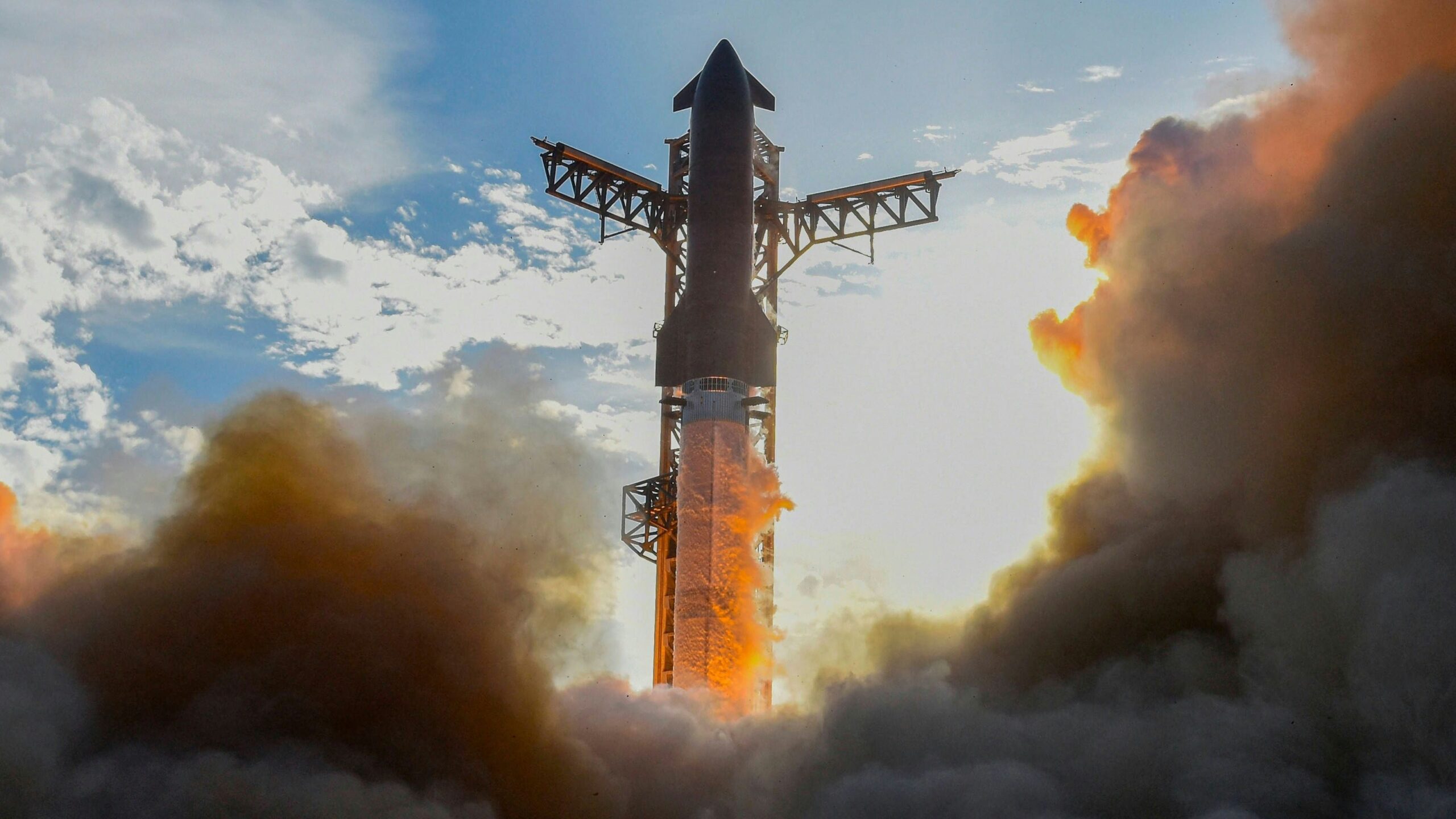Flight 10 marked an emphatic turnaround for SpaceX after three back‑to‑back failures on Flights 7, 8, and 9. Each launch had suffered major technical issues—even failures that sent $50 million rockets disintegrating mid‑air. But Flight 10 changed things, delivering success and winning the hearts of partners and fans alike.
This moment is reminiscent of Falcon 1’s early struggles (2006–2008), when Elon Musk nearly ran out of options—and funding—before the fourth mission rescued SpaceX with a NASA contract for ISS resupply. That success laid the foundation for everything SpaceX is today.
Now, with Flight 10 behind us, all eyes are on Flight 11—and its potential to be even bigger and more historic, as it embarks on the final Block 2 Starship mission.

Estimating the Launch Timing
Back when SpaceX used both the Massie site and OM pad 1, testing for upper and booster stages were split. Static fires could happen within 4 to 5 weeks of the previous launch—provided no issues arose.
Now, with Massie repurposed for Starship Version 3, all testing happens at OM pad 1, which requires significant modifications (including OOLM disassembly/reassembly taking up to a week). This extended testing flow suggests Flight 11 could be 1.5 to 2 months away, placing the launch in mid‑ to late October.
This pace is practical and strategic—just like Flight 10, which had nearly 3 months of preparation time behind it. This schedule also sets up a solid timeline for Flight 12, the first Starship V3, possibly launching in December.
But some argue Flight 11 could actually happen sooner, perhaps early October. After all, Ship 38 and Booster 17 have cleared cryogenic testing, and Booster 15 (previously flown) is in play as well.
Progress at Starbase – Hardware & Pad Readiness
Ship 38, Booster 15 & 17: Prepping for Launch
- Ship 38 has received its second aft flap as of August 27, signaling it might be nearing test readiness.
- Booster 17—fully engine‑equipped—has been idle in the rocket garden.
- Booster 15, a prior flight candidate, may soon see action. Engine replacements might be needed. It’s currently stored in Mega Bay 1.
- Engines have been delivered to Mega Bay 2, and Ship 38 is being prepped there.
The remaining major immediate step: static fire tests, likely on Booster 15, followed by a full inspection and installation of the hot staging ring. Meanwhile, Ship 38 will also undergo static fire prep as launch infrastructure is restored.

Launch Pad Repairs & Mechazilla Testing
Flight 10’s raw engine plume heavily stressed the orbital launch pad—damaging quick‑disconnects and other systems. Repairs are underway and expected to complete in about one week.
SpaceX is simultaneously running Mechazilla lift‑lower‑catch tests to ensure recovery systems are fully operational.
Once the pad refurb is complete, operations will likely unfold like this:
- Roll out Booster 15 for static fire.
- Return for inspection and hot staging ring install.
- Reattach test stand and ship quick‑disconnect system to the orbital pad.
- Run static fires on Ship 38 (possibly two rounds).
- Final checkouts, payload readiness, launch.
At this pace, an early October launch is possible—but for balance and reliability, mid‑October feels more realistic. Personally? I’m betting on October 24th—SpaceX tends to favor month‑end launches. What do you think? Let me know in the comments.
Mission Goals of Flight 11 – New, Bold Ambitions
Reusability & Mechazilla Catch
Flight 11 presents a major opportunity to push Starship’s reusability forward by attempting to land Booster 15 via Mechazilla, SpaceX’s robotic catcher system.
- Flight 9 saw Booster 14 reused but fail on re‑entry due to structural failure from a steep re‑entry profile.
- With Flight 11, SpaceX hopes to fine‑tune re‑entry and achieve a clean catch—a huge leap toward full reusability.
Engine Reliability & Explosion Investigation
Flight 10’s center engine shut down right after liftoff, and an unexpected explosion occurred in the engine bay later. Engineers suspect a LOX vent crack, leading to pressure buildup and mixing with methane in a re‑entry plasma environment—triggering the explosion.
Starship has intentionally removed some heat‑shield tiles to expose insulation—allowing plasma penetration that may have compromised vent lines. Flight 11 may test improved ceramic tiles, which would protect against re‑entry plasma and enable safer descent to controlled splashdown.

Ascent Maneuvers and Controlled Landings
Flight 11 aims to replicate Flight 10’s flip maneuver and two‑engine landing burn—a continuation of mastered ascent protocols that are vital for confidence and success.
The goal is a gentler splashdown of the booster, keeping it intact for post‑flight data. Flight 10’s hard water hit destroyed the booster—but Flight 11 could finally deliver more survival and reuse data.
Payload Deployment and Starlink Goals
Flight 10 deployed eight dummy Starlink satellites on a suborbital trajectory. Flight 11 may aim to double payload capacity—up to 20 satellites, simulating Starlink Version‑3 units (~40 tons)—and perhaps even deploy from a real orbit.
As the final Block 2 mission, Flight 11 could push bold, payload‑delivering, orbital like operations—closer to Starship’s intended utility for satellites, cargo, and future crewed missions.
The Bezos Factor – Blue Origin vs. SpaceX
SpaceX’s Flight 10 success overshadowed Blue Origin’s planned New Shepard NS‑35 mission, which had been scheduled for August 23. Blue Origin repeatedly delayed NS‑35 due to booster avionics issues, announcing scrubs and standing down—a move that seemed to avoid competing headlines with SpaceX.
This continues the public, billionaire‑fueled rivalry. Years ago, Bezos dominated the headlines; now, Elon Musk—via SpaceX’s successes—has taken the spotlight. Even Forbes no longer favors Bezos in that race.
Summary – Why Flight 11 Matters
- Final Block 2 mission, setting the stage for Starship V3.
- Potential early October 2025 launch, with a realistic window around mid‑October (October 24 is a strong bet).
- Hardware nearing readiness: Ship 38’s flaps, Booster 15/17 testing, pad recovery in progress.
- Reusability push: Mechazilla catch goal, gentler landing, improved engine reliability.
- Enhanced payload ambitions: double Starlink deployment count, orbital insertion perhaps.
- Competitive momentum: Flight 11 cements SpaceX’s lead in the commercial space race.

Conclusion
If you’ve made it this far, kudos—and you’re invited to join the fun. Flight 11 already feels like a turning point in Starship’s story. From the hardware readiness and launch pad refurbishment, to reusability milestones and ambitious payload goals, everything seems aligned for a potentially epic mission.
Let me know—when do you think Flight 11 will launch, and what do you most want to see succeed?
FAQs
1. When is SpaceX Starship Flight 11 expected to launch?
Flight 11 is likely to launch between early to mid-October 2025, with a strong estimate around October 24th.
2. What makes Starship Flight 11 special?
Flight 11 will be the final mission for the Block 2 Starship design and aims to advance reusability, perform a Mechazilla booster catch, and deploy a larger payload than previous flights.
3. Which Starship version is involved in Flight 11?
Flight 11 will feature Ship 38, the last Block 2 Starship ever built.
4. What progress has been made on Ship 38?
Ship 38 has completed cryogenic testing and recently received its second aft flap, signaling readiness for further static fire tests.
5. What boosters might be used for Flight 11?
Booster 15 and Booster 17 are candidates, with Booster 15 being a stronger possibility since it has flown before and currently stored in Mega Bay 1.
6. How long does SpaceX typically prepare for a Starship flight?
Preparation can take 1.5 to 3 months depending on testing, modifications, and pad readiness.
7. What is Mechazilla and why is it important?
Mechazilla is SpaceX’s robotic arm system designed to catch the Superheavy booster during descent, crucial for full Starship reusability.
8. What issues occurred during Flight 10’s engine bay explosion?
A suspected crack in the liquid oxygen vent caused pressure buildup and mixing of methane and oxygen gases, leading to an explosion during re-entry.
9. How is SpaceX improving heat shield protection for future flights?
By equipping Starship with full ceramic heat shield tiles to better survive plasma exposure during orbital reentry.
10. What payloads will Flight 11 carry?
Flight 11 may carry up to 20 dummy Starlink satellites, simulating Starlink Version 3, potentially deploying them into real orbit.
11. How does Flight 11 contribute to Starship’s reusability goals?
It aims to demonstrate booster catch with Mechazilla and refine controlled landings to recover hardware intact for reuse.
12. What caused Flight 7, 8, and 9 failures before Flight 10’s success?
Each mission faced unique technical issues, including engine failures and structural problems, resulting in midair explosions.
13. What is the significance of Booster 15’s reuse?
Reusing Booster 15 would mark another step towards cost-effective, rapid launch cadence by proving hardware durability.
14. How does SpaceX plan to handle booster landings after Flight 11?
By aiming for gentler splashdowns to preserve the booster for inspection and possible reuse.
15. How has SpaceX’s launch cadence evolved recently?
Elon Musk aims for launch cadence of one flight every 3 to 4 weeks for upcoming Starship missions.
16. How does SpaceX’s progress compare to Blue Origin?
SpaceX’s Flight 10 success overshadowed Blue Origin’s delayed New Shepard launch, reinforcing SpaceX’s lead in commercial spaceflight.
17. What are the next major milestones after Flight 11?
Flight 12 will debut Starship Version 3, expected to launch in December 2025, marking the next generation of Starship technology.
Read More:
- 2026 Tesla Model 2 Arrives: Elon Musk Reveals SHOCKING Range, Design, and Production Plan
- Neuralink expands beyond US with breakthrough brain chip implants in Canada
- Sweden Mediation Institute throws in the towel on Tesla vs IF Metall union conflict
- Elon Musk: Neuralink could restore partial vision to the blind next year
- Elon Musk is setting high expectations for Tesla AI5 and AI6 chips

